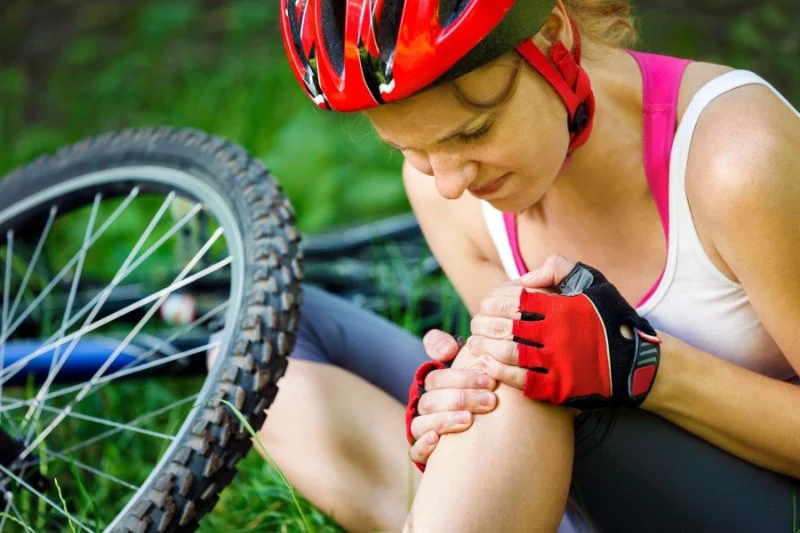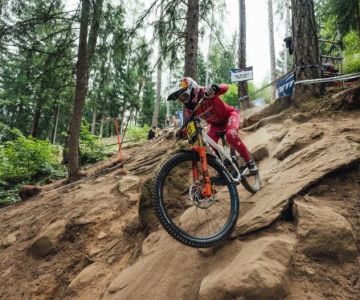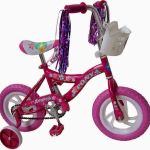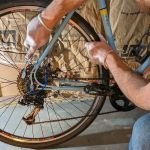
- improper-bike-fit-knee-alignment
- overtraining-and-insufficient-recovery
- pedal-cleat-misalignment-issues
- muscle-imbalance-and-core-weakness
- pre-existing-injuries-or-chronic-conditions
1. Improper Bike Fit and Knee Alignment
One of the most common causes of knee pain while cycling stems from a poorly fitted bike. Saddle height, saddle fore-aft position, crank length, and handlebar reach all play a part in how your knee tracks with every pedal stroke. If your saddle is too low, your knee may stay in a constantly flexed position, putting stress on the patella. Conversely, a high saddle can overstretch tendons and cause pain behind the knee.
Take the case of Brian from Colorado, who developed medial knee pain after switching bikes. After getting a professional bike fitting, he found out his new seat was 2cm too low and causing knee valgus. Within weeks of adjustment, his discomfort vanished. For a tailored setup and expert advice, visit Cycling Guider—your partner in pain-free rides.
2. Overtraining and Insufficient Recovery
Every cyclist knows the thrill of pushing limits—but your knees may not share your enthusiasm. Repeated high-intensity rides without proper rest can cause inflammation in the tendons or cartilage, particularly around the patellofemoral joint. Tendonitis, commonly referred to as "cyclist’s knee," is especially frequent in riders training for long-distance events without rest cycles.
In 2022, an amateur racer from Texas shared his journey online of developing anterior knee pain before a gran fondo. His breakthrough came when he incorporated scheduled rest days, cross-training with swimming, and a proper warm-up and cool-down routine. Monitoring your training load with apps and HR zones can help prevent this all-too-common issue.
3. Pedal and Cleat Misalignment Issues
If your cleats are misaligned—even by a few millimeters—it can drastically alter your biomechanics, causing your knees to twist inward or outward unnaturally. Many riders fail to adjust for natural foot angle or install cleats too far forward on the shoe, which shifts pressure onto the knees instead of distributing it along the leg.
Modern cleat systems allow for float (lateral movement during pedaling), which can reduce stress on the joints. But float needs to be set according to your personal anatomy. A bike shop technician at Cycling Guider can help assess your gait and correct alignment, potentially saving you from months of unnecessary pain.
4. Muscle Imbalance and Core Weakness
Many cyclists have strong quads but weaker glutes and hamstrings, which leads to poor joint stabilization. When your glutes aren’t firing correctly, your quads overcompensate—pulling the knee cap out of optimal tracking alignment. Likewise, a weak core can cause pelvis instability and force the knees to compensate for poor posture.
Incorporating functional strength training twice a week can drastically improve cycling form. Exercises such as deadlifts, planks, and lunges not only correct muscle imbalance but also prevent injury long term. California-based physical therapist Dana Roberts reported a 40% drop in knee-related complaints among cyclists who followed structured glute activation protocols.
5. Pre-existing Injuries or Chronic Conditions
Sometimes, the source of your cycling knee pain predates your time in the saddle. Past ACL injuries, arthritis, or meniscus issues can flare up with high-repetition activity like pedaling. While cycling is often recommended as low-impact rehab, it still requires proper alignment and muscle control to avoid aggravation.
If you have a medical history involving knee trauma or persistent soreness during or after riding, it’s critical to consult with a sports physician. A custom brace, specific orthotics, or targeted physiotherapy might be needed. Riders with osteoarthritis in the Midwest often report improved function when combining low-resistance cycling with anti-inflammatory dietary changes and biomechanical assessments from specialists featured on Cycling Guider.







 Billet BMX5.0 (2 reviews)
Billet BMX5.0 (2 reviews) Far East Children Bicycle Factory1.0 (1 reviews)
Far East Children Bicycle Factory1.0 (1 reviews) Archer Motorsports, Inc.4.0 (8 reviews)
Archer Motorsports, Inc.4.0 (8 reviews) YEP Bike Works4.0 (55 reviews)
YEP Bike Works4.0 (55 reviews) Gorham Bike & Ski4.0 (498 reviews)
Gorham Bike & Ski4.0 (498 reviews) Alchemy Bikes4.0 (37 reviews)
Alchemy Bikes4.0 (37 reviews) How to Teach Kids to Ride a Bike: A Step-by-Step Guide for Parents
How to Teach Kids to Ride a Bike: A Step-by-Step Guide for Parents Tips for Riding on Busy City Streets: Smart Strategies for Urban Cyclists
Tips for Riding on Busy City Streets: Smart Strategies for Urban Cyclists Best US National Parks for Mountain Biking: Ride Epic Trails Across America
Best US National Parks for Mountain Biking: Ride Epic Trails Across America Best Aero Helmets for Time Trials and Racing
Best Aero Helmets for Time Trials and Racing How to Clean and Lubricate Your Bike Chain Like a Pro
How to Clean and Lubricate Your Bike Chain Like a Pro 10 Must-Have Items for Long-Distance Cycling Trips
10 Must-Have Items for Long-Distance Cycling Trips